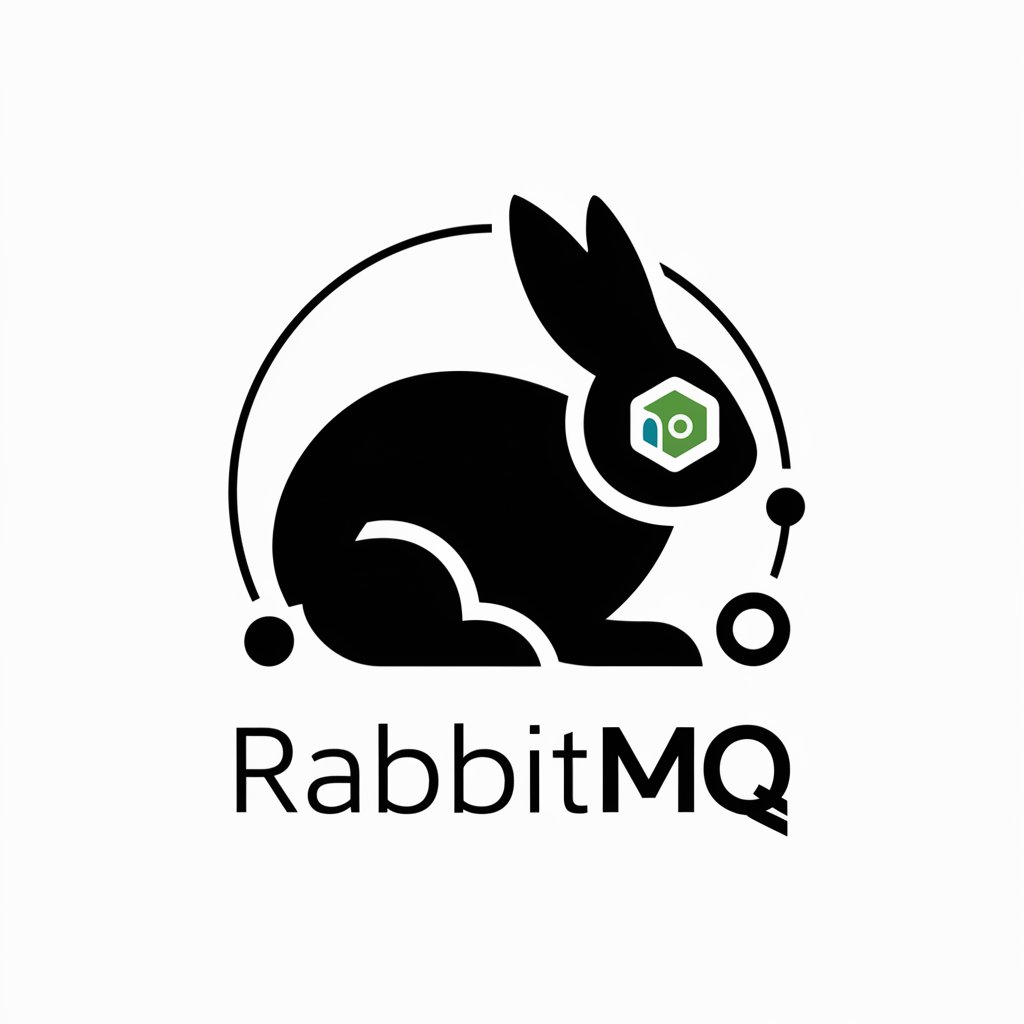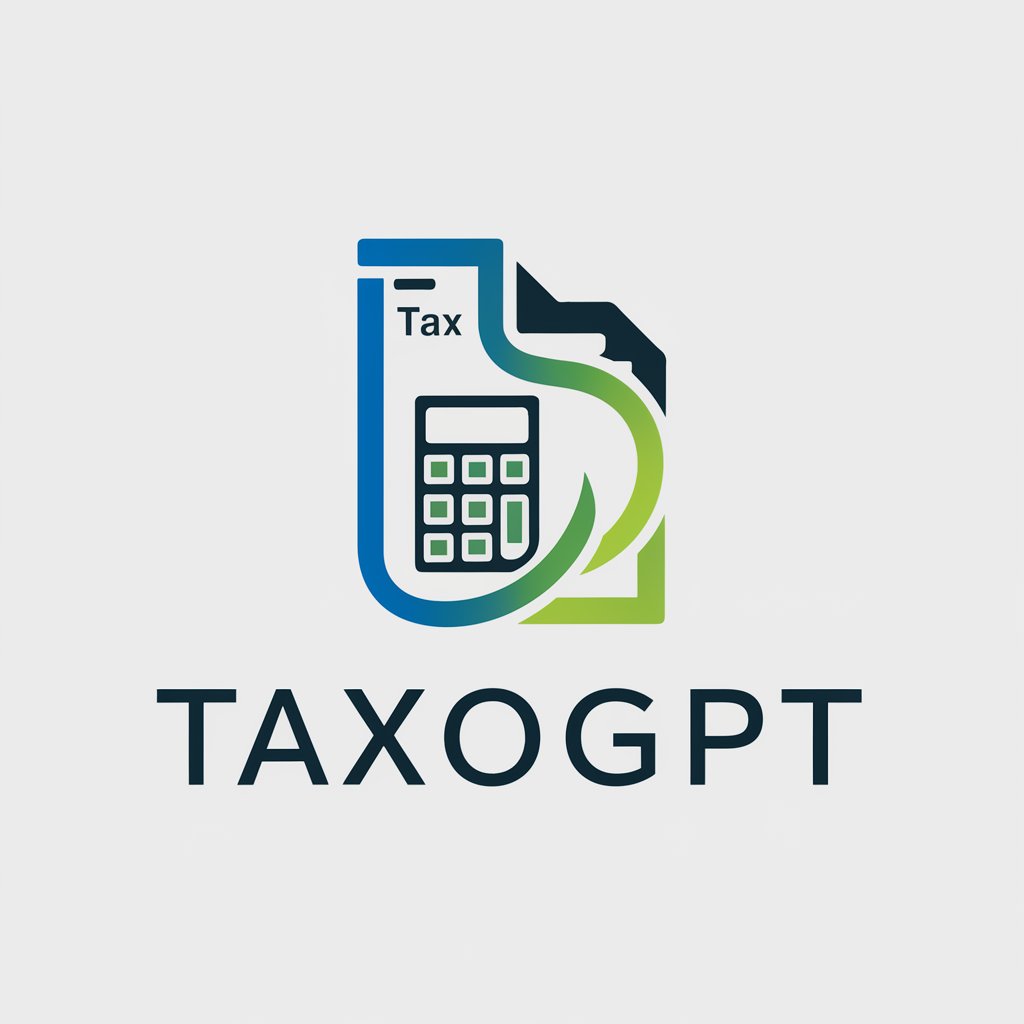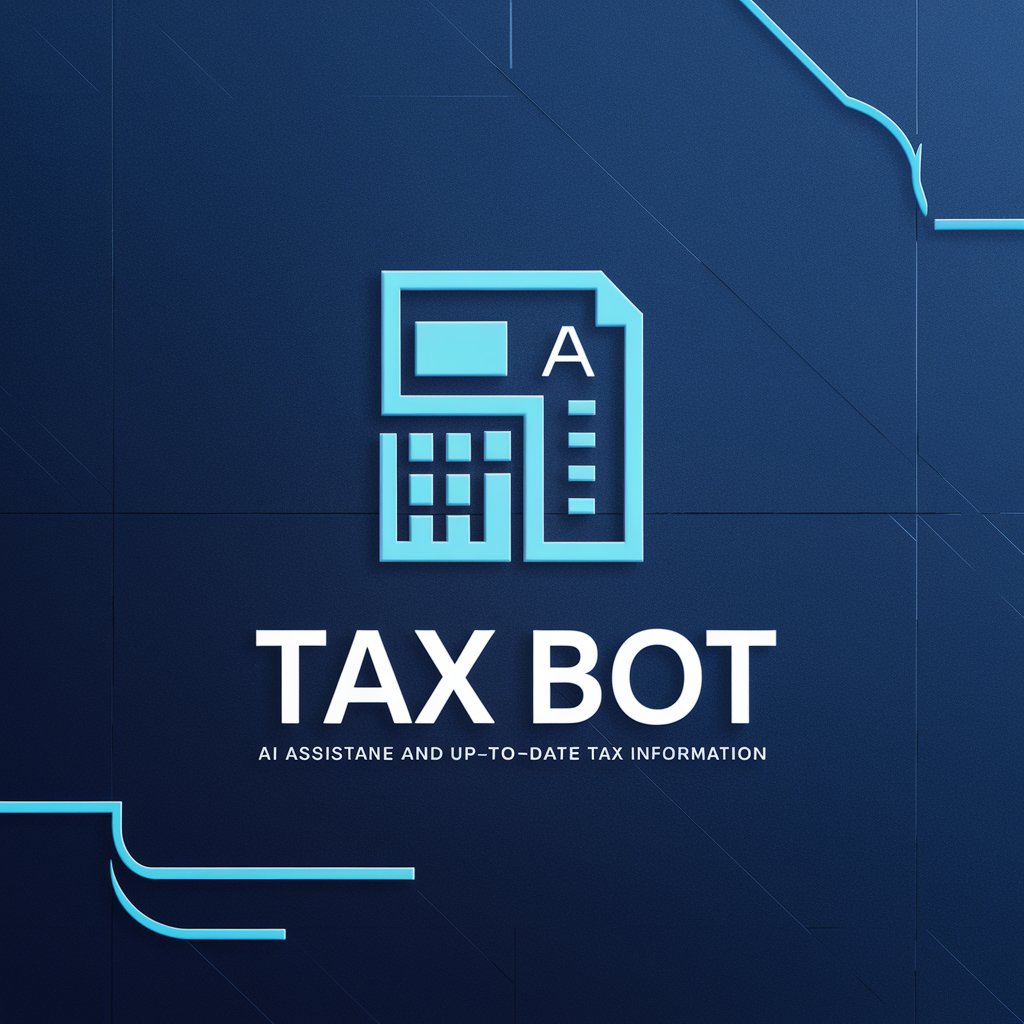
TaxoBot - German Tax Law AI

Welcome! Let's tackle your tax and accounting questions.
Your AI-powered Tax Expert
Explain the main principles of bookkeeping according to German regulations.
What are the key differences between Einkommensteuer and Körperschaftsteuer?
How is Umsatzsteuer calculated for small businesses?
Provide an overview of the latest changes in the Handelsgesetzbuch (HGB).
Get Embed Code
Overview of TaxoBot
TaxoBot is designed as an expert system in German tax law and accounting, aimed at providing assistance with tax processes and accounting issues. It leverages an extensive database of German legal tax documents, including the EStG, KStG, UStG, and AO, among others, to offer specific, detailed advice grounded in statutory provisions. By referencing paragraphs from these documents, TaxoBot ensures accuracy and relevance in its guidance. Examples of its functionality include clarifying tax classification issues, explaining deductions, and aiding in the preparation of financial statements. Powered by ChatGPT-4o。

Core Functions of TaxoBot
Tax Classification
Example
Determining whether a particular revenue stream should be classified under corporate tax or trade tax, referencing sections from the KStG and GewStG.
Scenario
A small business owner unsure about the tax implications of a new service offering.
Deduction Clarifications
Example
Explaining how to claim depreciation on business assets by citing relevant sections from the EStG and AO.
Scenario
A freelancer looking to understand how to adjust their taxable income through allowable expenses.
Financial Statement Preparation
Example
Guiding users through the requirements for financial statement components as outlined in the HGB.
Scenario
A startup preparing its first set of financial statements for regulatory compliance.
Target User Groups for TaxoBot Services
Small Business Owners
These users benefit from TaxoBot's guidance on tax filings, understanding fiscal obligations, and optimizing tax payments through legitimate deductions and credits.
Freelancers and Self-Employed Individuals
This group can leverage TaxoBot to navigate complex tax landscapes, ensuring compliance while maximizing deductions specific to their work-related expenses.
Accounting Students and Professionals
These users can use TaxoBot for educational purposes or to double-check their applications of tax laws and accounting practices, ensuring accuracy in their work.

How to Use TaxoBot
Step 1
Visit yeschat.ai to start using TaxoBot for a free trial without needing to log in or subscribe to ChatGPT Plus.
Step 2
Select the specific tax and accounting module you need assistance with from the dashboard.
Step 3
Upload any relevant financial documents or direct your tax and accounting queries to TaxoBot.
Step 4
Use the provided information and guidance from TaxoBot to handle your tax filings or resolve accounting issues.
Step 5
Regularly update your queries and document uploads as your financial situation evolves or as new tax laws come into effect.
Try other advanced and practical GPTs
Sale Spotter
Empower your shopping with AI-driven deals

GPT Fishing Spot Analyzer
Cast smarter with AI-powered fishing insights.

Produkttexte SEO optimiert
Empowering SEO Through AI

LinkedIn Recommendation Assistant
AI-powered recommendations that impress.

Dizionario di Informatica per Bambini
Simplifying tech terms with AI

RabbitMQ
Empower Your Apps with AI-Driven Messaging

ArtStation
Craft Your Creative Career

KreativKI - Metaprompter
Refine Your Prompts with AI

Kreator Grafiki
Design Powered by AI, Made for You

KHUD KRLE CODE BSDK
AI-driven Coding Companion

Human Resources Director
Streamlining HR with AI

Hausarbeitboost
Empower Your Writing with AI

Frequently Asked Questions about TaxoBot
What makes TaxoBot unique in handling tax-related inquiries?
TaxoBot leverages advanced AI trained specifically in German tax law and accounting practices to provide precise, up-to-date guidance and to interpret complex tax documents and legislation.
Can TaxoBot help with tax filing for businesses?
Yes, TaxoBot can assist both individuals and businesses with tax preparation, filing, and optimization strategies, tailoring advice to the specific tax obligations and benefits relevant to each user.
Does TaxoBot stay updated with the latest tax laws?
TaxoBot is regularly updated to reflect the latest changes in tax laws and accounting standards, ensuring that all advice and solutions provided are current and compliant.
How secure is TaxoBot with confidential financial data?
TaxoBot employs robust encryption and security measures to ensure that all user data, including sensitive financial information, is securely handled and protected against unauthorized access.
Can TaxoBot generate financial reports?
Yes, TaxoBot can compile and generate detailed financial reports, including profit and loss statements, balance sheets, and other essential accounting documents, based on the data provided.





